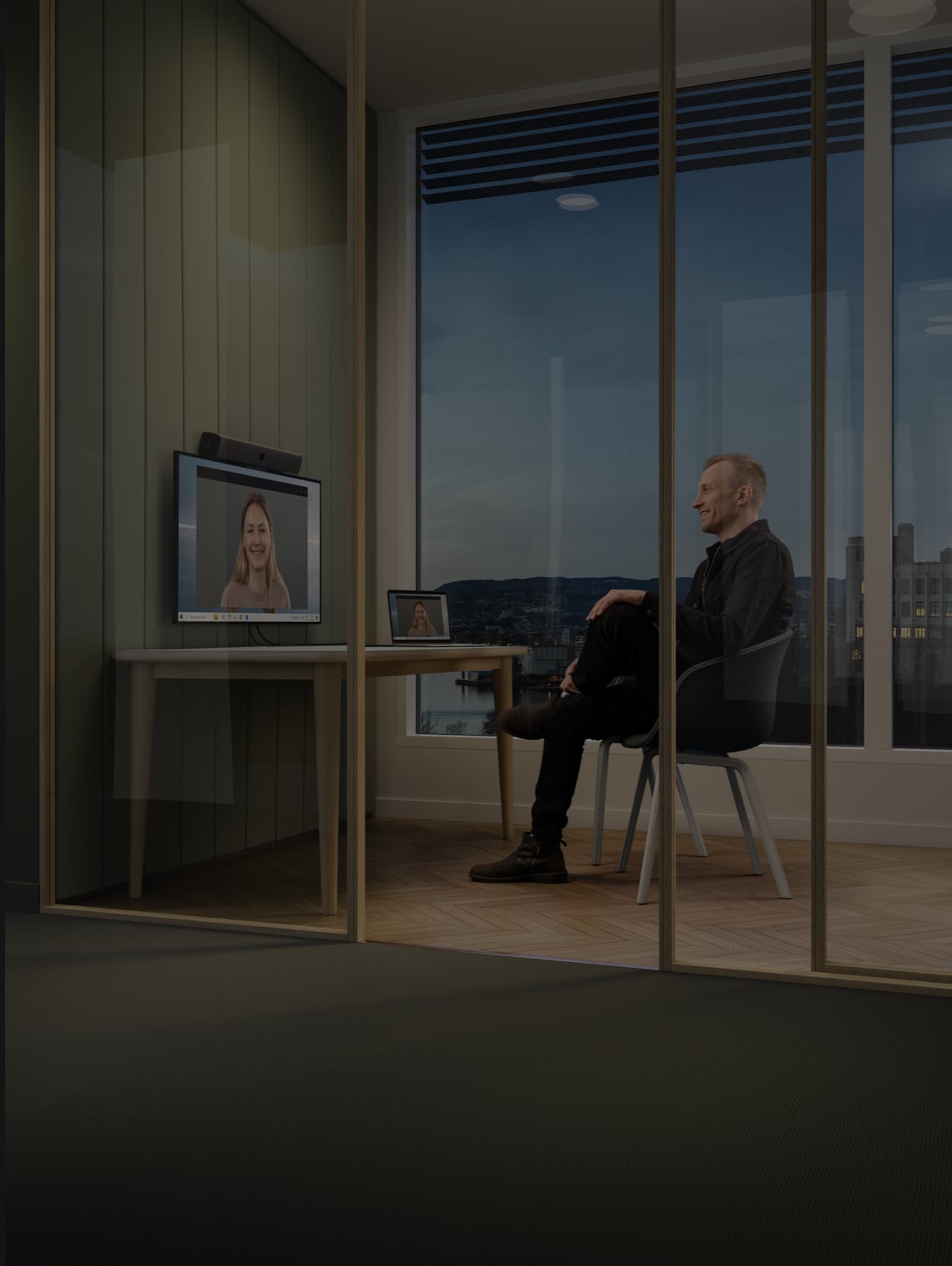Less Is More
Justin Bondi, Jun 4, 2020

The security advantages of Neat’s purpose-built conferencing hardware.
Anyone who’s ever had Microsoft Windows administrator responsibilities has heard of Patch Tuesday. On the second, and sometimes fourth, Tuesday of every month, Microsoft releases patches for vulnerabilities discovered in Windows, Office, and other product sets throughout their ecosystem. This is not in any way a criticism of Microsoft. It’s testament to the flexibility and pervasiveness of their software that it requires this level of vigilance, as it’s these same qualities that make it such an enticing target. MacOS, Linux, and all other consumer mobile platforms have the same issues.
Though Microsoft and others have built a culture around keeping their products secure, there’s still a heavy reliance on administrators and end-users practicing excellent security hygiene, not to mention an entire industry’s worth of monitoring applications developed to prevent users from downloading malicious software. But, ultimately, the more flexible and multi-use a platform is designed to be, the more ways it can be exploited. It makes sense, then, to consider this when choosing a product solely for a specific purpose, such as room-based videoconferencing.
At Neat, we design purpose-built video meeting room devices specifically for Zoom. Having one main focus gives us the luxury of building and optimizing our products to provide the very best virtual collaboration experience possible while eliminating all other unnecessary functionality, such as extra features, traffic, and services. Most importantly, there’s no way for users to alter the system via root setting changes or unauthorized downloads and installations of software.
Only concentrating on Zoom’s platform and products also removes another level of complexity, as supporting a single ecosystem is inherently simpler than supporting two or three. This approach is unique to Neat and our offering for Zoom. It’s in direct contrast to other conferencing products on the market which support Zoom as well as software platforms and applications from Microsoft, and others. Their approach may add some flexibility for users, but it also adds complexity and possible attack vectors. What if you’re using the Zoom version of a specific product, but you discover a vulnerability in Microsoft Teams? If that product also supports Teams, are you affected? Do you have to schedule downtime to patch an application you aren’t even using? Specializing in one platform enables us to focus on the best, and most secure, tool for that environment, without having to worry about the security of other platforms at the same time.
Of course, no device connected to the Internet is one hundred percent secure. People have exploited all manner of technology at one time or another, from point-of-sale credit card readers to nuclear fuel centrifuges. But what a well-designed, streamlined video meeting room device can do is remove the vast majority of common vulnerabilities.





